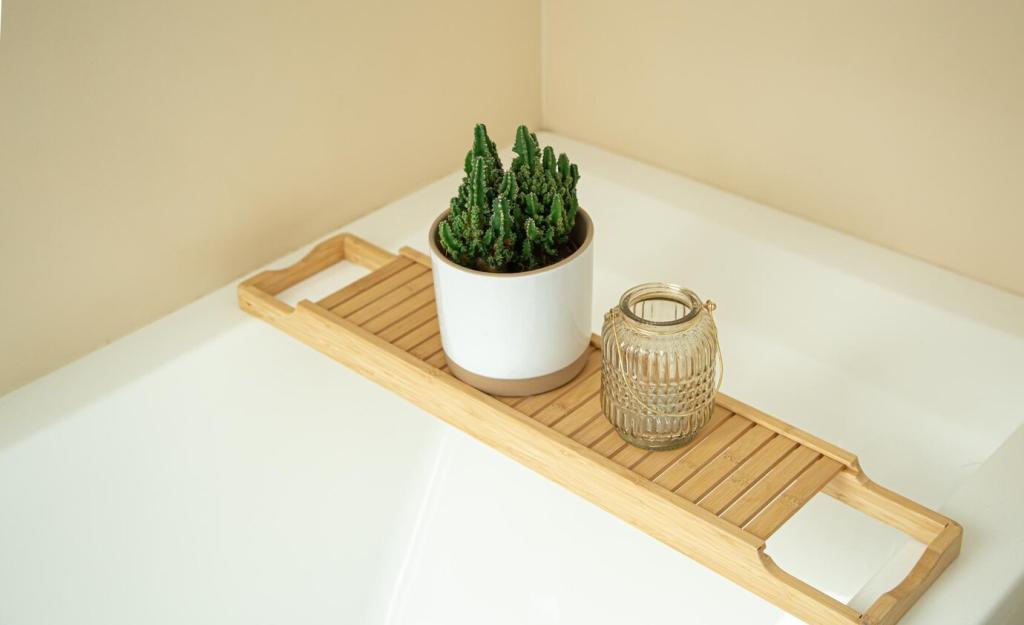
Sustainable Materials in Modern Architecture
Sustainable materials have become the cornerstone of modern architecture, reflecting a growing commitment to environmental stewardship and responsible design. As concerns about climate change and ecological impact intensify, architects and builders are increasingly exploring innovative approaches to reduce resource consumption and incorporate eco-friendly alternatives. This shift not only minimizes environmental footprints but also enhances the long-term performance and aesthetic appeal of contemporary structures.
Innovations in Renewable Building Materials
Engineered bamboo stands out as a dynamic and versatile alternative to traditional hardwoods. Through specialized processing techniques, bamboo is transformed into durable panels, beams, and flooring options, offering remarkable strength and flexibility. Its rapid growth rate and minimal water requirement make it a highly renewable resource, ideal for sustainable construction projects. Moreover, engineered bamboo’s natural resistance to pests and its ability to sequester carbon during its growth phase underscore its environmental benefits, positioning it as a forward-thinking choice for eco-conscious architects.
Environmental Impact and Resource Efficiency
Energy Embodiment in Material Production
Energy embodiment refers to the total energy consumed in extracting, manufacturing, transporting, and installing building materials. Traditional materials such as concrete and steel are notorious for high embodied energy and carbon emissions. Replacing them with options like hempcrete, rammed earth, or sustainable wood offers substantial reductions in energy use. The choice of low-embodied-energy materials directly contributes to lowering a building’s overall environmental footprint during both construction and eventual decommissioning, aligning with global goals for carbon neutrality.


Water Consumption in Material Processing
Water security remains a global challenge compounded by consumption patterns in construction material processing. Sustainable materials such as compressed earth blocks or recycled aggregates typically require far less water compared to their conventional counterparts, such as fired bricks or Portland cement. By integrating materials with minimal water footprints, architects and builders not only preserve vital freshwater resources but also support more resilient local ecosystems. This focus resonates with broader sustainability objectives, propelling the industry toward more responsible stewardship.
Investing in sustainable materials may appear to entail higher upfront expenses, but the long-term economic advantages are substantial. High-performance insulation, energy-efficient glazings, and renewable siding materials help reduce operational costs by improving a building’s energy performance and reducing maintenance needs. Enhanced durability and resistance to weather contribute to extended service life and lower the frequency of repairs or replacements. These cumulative savings foster a robust business case for sustainability-driven design, benefitting building owners and occupants alike.
